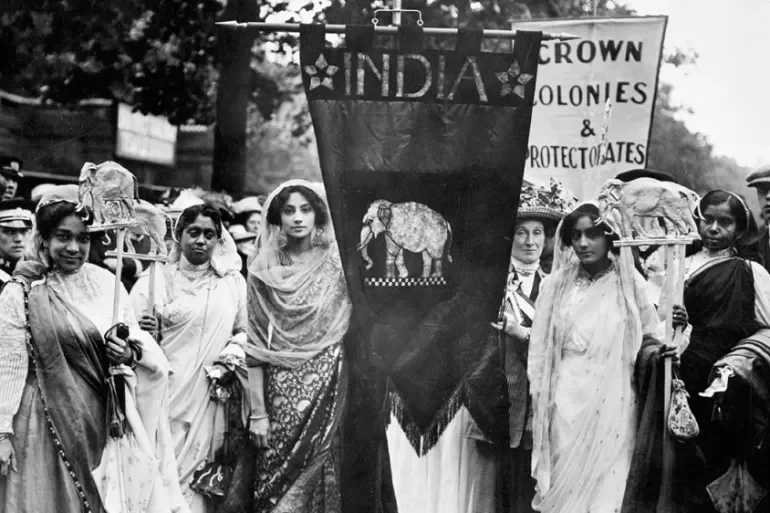Victorians of Color/Victorian Empire
The Victorian period, as we know it, is foundational in our understanding of literary histories, forms, and canons. The Victorian period, as we know it, is also foundational in our understanding of global empire, race, and gender. We will look at imperial subjects of the British empire as they formed themselves as “Victorian,” sometimes in keeping with and sometimes in opposition to metropolitan culture and its global circulation. For instance, what did non-white subjects of Victorian empire think of this empire? Did they really even think of it? If metropolitan Victorians exploited and appropriated the cultures that they colonized (and even ones they did not), how do we reckon with imperial subjects who appropriated “English” material, literary, and aesthetic ideas as their “own”? Victorians of Color asks these questions to conceptualize nineteenth-century literary and cultural history as the legacy and inheritance of its people of color. We will see what the Victorian Anglophone world looks like when seen through the works of its second and third language English speakers and non-English speakers, its colonial subjects, and its people and places whose histories still cannot be written about without reference to Britain, even as British history behooves no reference to them.
Image Details: Front cover of Seamen's hospital booklet: Illustration: “An empire on which the sun never sets”: including all crests of British colonies: Australia, Canada, India, Fiji, etc. Wellcome Collection.
Women & Empire
Our course looks at how women imagined, encountered, and experienced the British and American empires. Barred from political suffrage for all of human history except the last century or so, how did women participate in the creation and sustenance of empire as a political project? We will look at works by women authors based in the US and UK as well as texts by authors from the imperial outposts and those who lived globally as a part of various imperial diasporas. Overall, we will investigate not just the role that empire plays in shaping women’s identity but also how certain versions of feminine identity continue to depend on imperial myths.
We will examine how the imperial circulation of bodies and wealth shape the marriage plot in the anonymously published Woman of Color and pair it with similar contemporary representations in Courtney Milan’s historical romance, The Duke Who Didn’t, and Shonda Rhimes’ popular adaptation of Bridgerton. We will also study the construction of a gendered national identity in the poetry of Anne Bradstreet, Phyllis Wheatley, and colonial and transatlantic adaptations of poems by Felicia Hemans and EBB by settler women as well as by African American women poets. Our course will further analyze women’s relationship to colonial and decolonial violence in Nora Okja Keller’s Fox Girl and Bapsi Sidhwa’s Ice-Candy Man, Anna Burns’ Milkman, poetry by Olive Senior and Lorna Goodison, and selections from Lisa McGee’s Derry Girls.
Image Details: Indian suffragettes in the Women's Coronation Procession, London, on June 17, 1911 [Museum of London/Heritage Images/Getty Images]
Between Empires: Rudyard Kipling*
The Nobel Prize Committee commended its first ever English-language recipient, Rudyard Kipling, for his expertise on “all things Indian.” Kipling’s career spans several literary forms—he was as prolific a poet, as he was a short story writer, and a somewhat less prolific novelist as well. Kipling’s career also spans empires and continents—born in British India and raised in Britain, he made a career of writing about the British empire in India from his home in Vermont. We will read some of Kipling’s representative works to understand this easy traffic between disparate places, empires, and ideologies at the turn of the twentieth century. How does an author best known for his children’s stories become an expert on empire? And what does this mean for his enduring popularity?
*I had initially designed and taught this as a 7-week “mini-course.”


